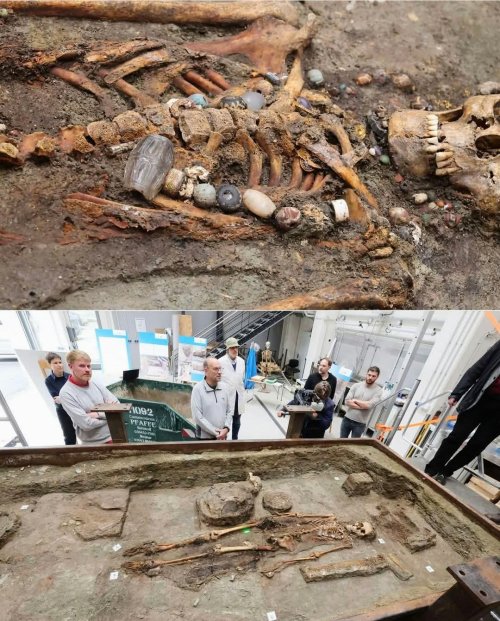
The Lady of Kölleda: A Window into Merovingian Nobility
An extraordinary archaeological discovery in Germany has unveiled a settlement spanning 4,000 years of history, offering a rare glimpse into the life of a noblewoman from the Merovingian period—the enigmatic "Lady of Kölleda."
Excavations at the site, dating from the 4th millennium BC to the 7th century AD, have revealed 17 burials from the 6th and 7th centuries AD, a pivotal era marking the transition of the Thuringian Kingdom into the Frankish Empire. Among the most striking finds is a 1,300-year-old Merovingian settlement with approximately 70 structures, making it one of the most extensively documented sites of its kind in central Germany.
The Lady of Kölleda’s grave stood out due to its unique arrangement of large field stones, requiring delicate excavation and transport to the TLDA in Weimar-Ehringsdorf for further analysis. Her burial, along with the surrounding discoveries, provides a deeper understanding of Merovingian society, burial customs, and the shifting power dynamics of early medieval Europe.
As researchers continue to study this remarkable site, the Lady of Kölleda remains a silent yet powerful link to an age of transformation, nobility, and forgotten histories waiting to be unearthed.
